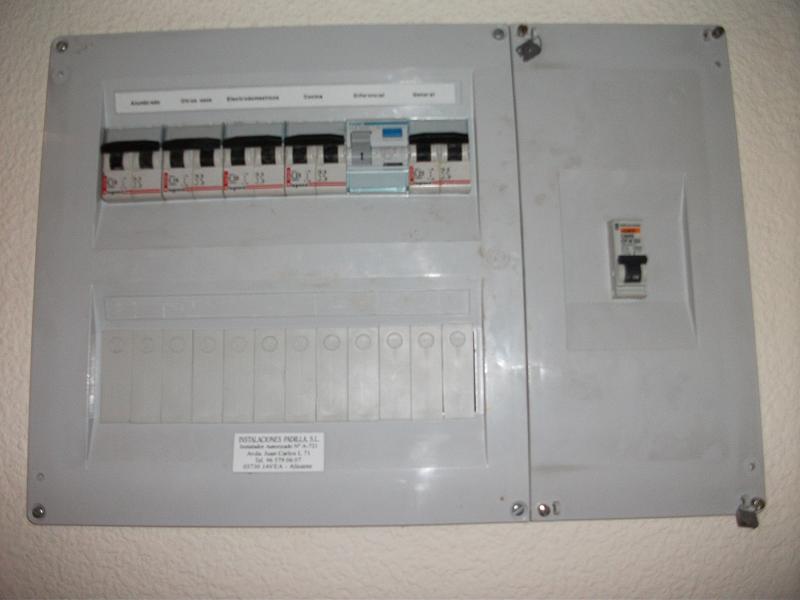Possibly - although I would have expected bernard to have told us if it was something other than a 'normnal kettle', use for the normal purpose. As you will realise, I took 'kettle' to have its usual meaning - i.e. something used occasionally which, without bodging, will switch itself off as soon as its contents reach boiling point. If it is something other/more than that, perhaps bernard could tell us?stillp said:Do we know that? We've been told it's a "craft shop". For all we know the kettle might be used continuously for steaming something.
Kind Regards, John


